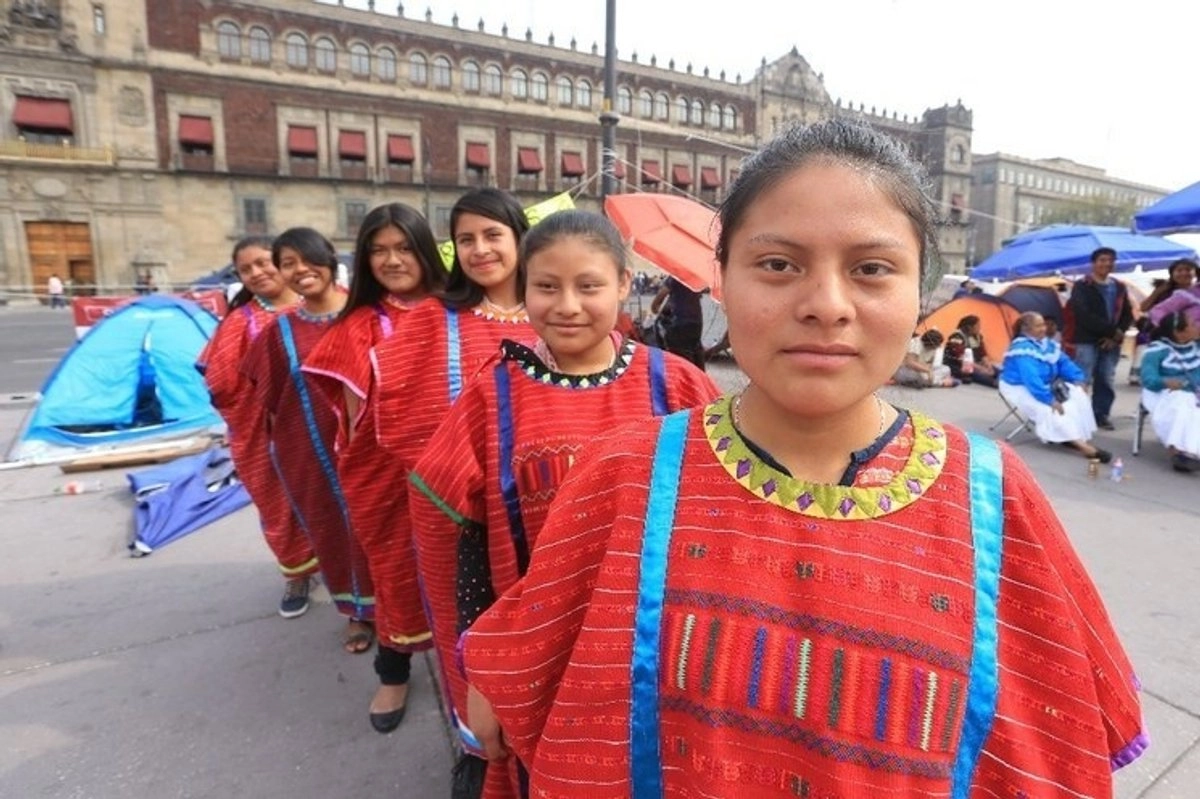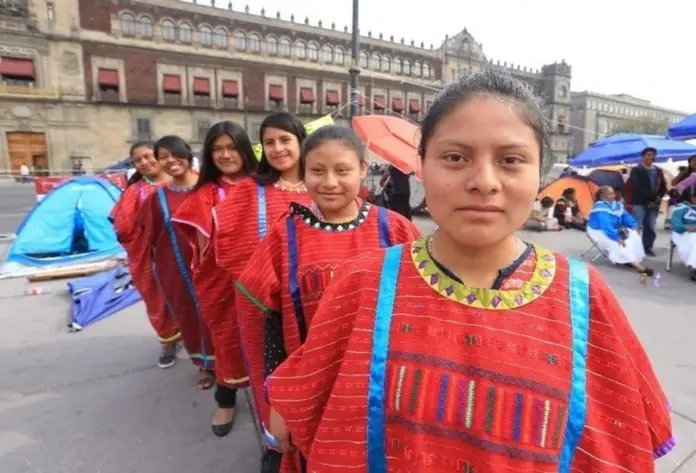For those in our country who have accompanied the Indigenous movement since the 1970s, the concept of autonomy, in its contemporary sense, is absent from the academic sphere dedicated to ethnic issues and from the discussions within Indigenous organizations.
One of the main analytical expressions of Mexican critical anthropology from the early 1980s is the founding declaration of the Latin American Council in Support of Indigenous Struggles (CLALI), organized at the National School of Anthropology and History in 1981. In this document, which presents radical positions from the community of anthropologists, there is not a single reference to autonomy. The text analyzes in depth the various currents that predominated at that time in state policy toward Indigenous peoples—Indigenous integrationism and ethnopopulism—but it does not problematize the right to self-determination and autonomy.
The construction of autonomous subjectivity among the Indigenous peoples of the Americas has experienced ebbs and flows, and has faced constant opposition and repression from governments and other powerful entities. Nevertheless, these processes have accumulated in the historical memory of Indigenous peoples. This memory contains the often heroic resistance to domination and exploitation, and the ongoing struggle for respect for their traditional forms of political organization, and their cultural and religious expressions.
One by one, these histories contributed to the consolidation of their demands, culminating in the current autonomous governments, among which the experience of the Zapatista Maya, organized in the EZLN, stands out.
However, if we were to pinpoint the emergence of the historical struggle for Indigenous self-government, we would have to go back to the Aymara and Pachicuti movements that shook the political landscape in Bolivia in 1952.
From that moment until the present, Indigenous struggles have undoubtedly shaped the course of the new government.
Likewise, the constitutional establishment of a regional autonomy regime on Nicaragua’s Caribbean Coast in 1987 had a continental impact, demonstrating that autonomy is a viable alternative for nation-states to respond to the historical demands of their peoples and overcome situations of conflict, including armed conflict, that occur in nations with multiethnic populations.
A second event that had an impact, both theoretically and in the media, as well as on the mobilizations it generated across Latin America, was the passionate debates, mobilizations, and both the convergences and divergences surrounding the 1500th anniversary of the “discovery of America” in 1992. The historical distortion and Manichean political manipulation with which government groups in each country attempted to project the “celebration” of an event that, in the collective memory of Indigenous and African-descended peoples, signifies slavery, genocide, and ethnocide, contributed to a critical stance toward these “development alternatives” of capitalist modernity. This stance emerged amidst a process of recolonization and in the wake of the recurring economic and political crises experienced by neoliberal states.
In Mexico, discussions that culminated in the San Andrés Accords linked the long-standing and much-desired demand for self-government, political and constitutional recognition of the normative systems, culture, and, above all, the territorial rights of Indigenous peoples, to the broader issue of the so-called national question. Although some organizations adopted the autonomy project as their rallying cry, these autonomies were established with a programmatic-political character that gained national prominence after the Zapatista uprising.
The San Andrés Accords, signed between the federal government and the EZLN in February 1996, were the product of a profound and rigorous analysis by leaders of diverse social and political organizations, intellectuals, specialists, and jurists, convened by the Zapatista command during the dialogue with the government. It was from this point onward that the demands for autonomy for Indigenous peoples became one of the principal demands of their movements. Thus, the existing autonomies that are established against all odds in the national geography result mainly from the theoretical, organizational and political effort of the EZLN, the National Indigenous Congress (CNI), and regional indigenous organizations from Oaxaca, Guerrero, Michoacán, Veracruz and other states where the resistance of indigenous peoples is present.

Source: jornada




